Rotary Solenoids
You need a quick rotary movement of max. 110 degrees? A conventional solution with engine, gearbox and limit switch seems too elaborate to you? Our rotary solenoids are your solution. We provide you with ON/OFF and proportional rotary solenoids as well as versions with or without return spring.
Our rotary solenoids are characterised by precision and longevity. The drive shaft has a ball bearing and does not perform an axial movement during rotation.
Advantage of rotary solenoids
- Quick rotary movement with high dynamics
- Low technical effort compared to an electromotive solution:
- Simple electrical actuation
- No mechanical interface (transmission, etc.) required
- Fixed rotation angle
- No axial movement during the rotary movement
- Bearing precision of the shaft by ball bearings
- Long service life
- Maintenance-free
Application possibilities:
- Drive of shutters and mirror deflections
- Drives of valves for gases and fluid media
- Drive of gates and stoppers in sorting systems
- Interlocks of all kind
- Actuation of indicating instruments
- Hose clamps
Application areas:
Optical devices, medical devices, packaging machines, food technology, apparatus construction
FAQ rotary solenoids
How to reset to end position for rotary solenoids
ON/OFF solenoids of series GDA and GDC can be ordered with a return spring. Devices of series GDR are polarised, so they can both be reset in the initial position by a return spring and by reversing the polarity of the input voltage. Rotary solenoids of type GDP are available with magnetically generated self-aligning torque.
Is it possible to adjust the reset force at rota-ry solenoids type GDA and GDC?
The reset force can be set by adjusting the return spring.
Is it possible to change the operating direction of rotation of rotary solenoids?
This question is only relevant for rotary solenoids of type G DA and G DC.
Rotary solenoids without return spring have free shaft ends on both sides. The direction of rotation depends on which shaft end the device is flanged onto the customer device. If the device is fitted with a return spring, the direction of rotation depends on the side onto which the spring is flange-mounted.
Do the offered rotary solenoids perform an axial movement?
All rotary solenoids in the standard programme of Magnet-Schultz are designed and constructed in that way that the shaft does not perform any axial movement during rotation.
Why aren’t there any versions with return spring available for proportional rotary solenoid type G DR?
As for type G DR the direction of rotation can be achieved by polarity reversal, the standard programme does not provide a reset of the spring. If the application does not allow the polarity reversal of the supply voltage, there is the possibility to order a return spring of type G DA separately and to mount it later.
Why does proportional rotary solenoid type G DR achieve considerably higher torques than the devices of type G DA and G DC ?
The reason for these differences is the physical operating principle.
With the devices of series G DA and G DC, the effect of the electromagnetic field is divided into an axial and a radial component. Only the radial component contributes to the generation of the torque. The axial component is supported by the shaft bearing.
Proportional rotary solenoids of type G DR work according to an electrodynamic operating principle: The magnetic field of the coils effects on a rotationally pivoted permanent magnet disc, so higher efficiencies and higher torques resulting from them achieve a better dynamic.
Which types of rotary solenoids can be applied as proportional rotary solenoids or control rotary solenoids and thus are suitable for control tasks?
Rotary solenoids of types G DA and G DC have an increasing characteristic and thus are not qualified for control tasks. The devices of series G DR and G DP are characterised by a nearly horizontal characteristic. If these devices are working against a spring e.g., various torques can be generated by the changeable voltage control and thus different rotation angles can be approached. For precise control tasks, versions of proportional rotary solenoid type G DR with rotation sensor are available.
Where can I find further technical information about rotary solenoids?
Please refer to our Technical Explanations for DC Solenoids GXX


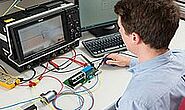
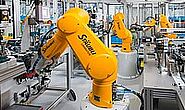
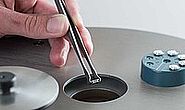
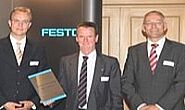
















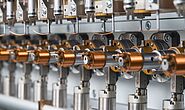



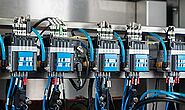

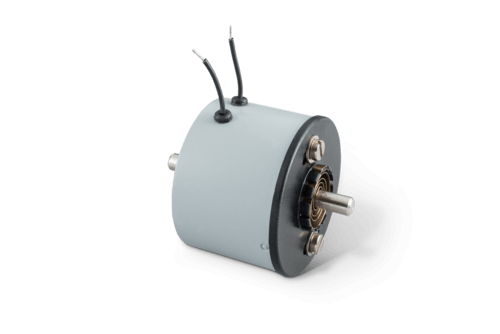
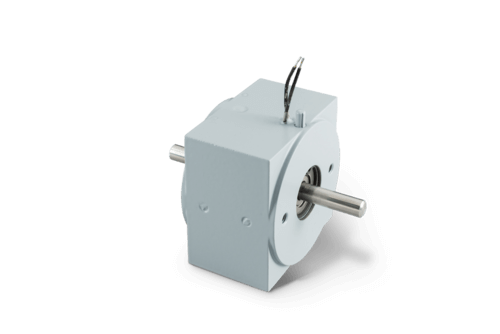
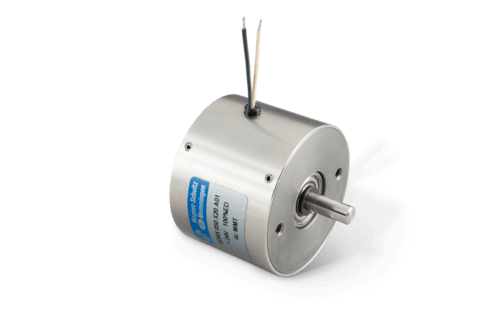
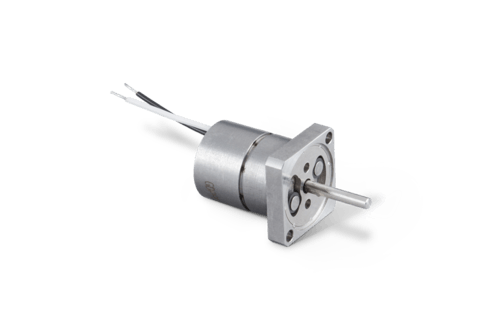
 +49 8331 1040
+49 8331 1040 info@magnet-schultz.com
info@magnet-schultz.com